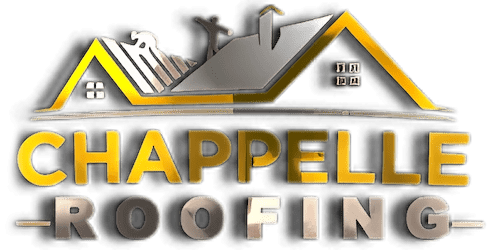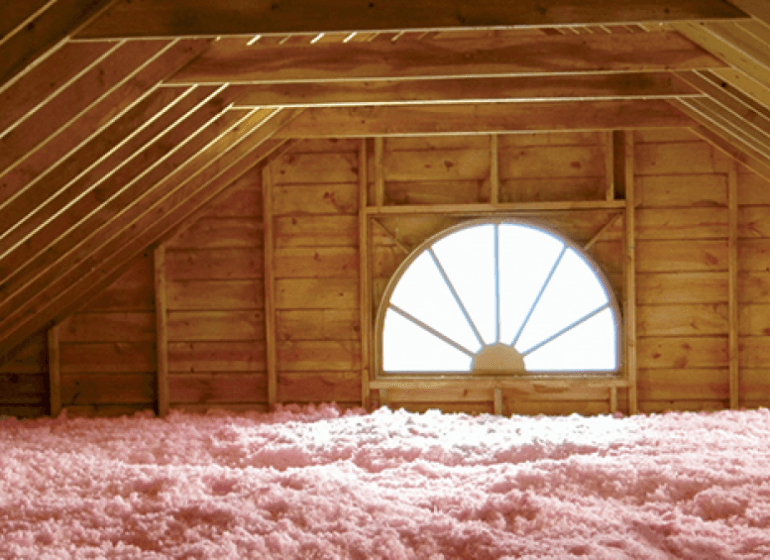To get the maximum performance from your roof, an entire system of products must work together, including attic ventilation and insulation. With proper attic insulation, you can prevent the majority of your home’s heat from escaping through the attic in the winter and protect your living space from hot attic air in the summer. This vital step can help you prevent your heating and cooling expenses from going through the roof—literally.
According to the U.S. Department of Energy, heating and cooling account for 50-70 percent of the energy used in the average American home, but that doesn’t mean homeowners have to be stuck paying outrageous energy bills. By having the right insulation system installed in your attic at the same time you install a new roof, you can ensure optimal performance of your roofing system and save up to 20 percent on utilities.
Insulation also provides many additional benefits, including controlling moisture and air infiltration, assuring proper ventilation and conserving natural resources. However, many homeowners are unable to enjoy the full advantage from this barrier because their homes are not properly insulated. In fact, the North American Insulation Manufacturers Association estimates that 90 percent of U.S. homes are under-insulated.
To help ensure your home doesn’t fall in that category, you must understand exactly what insulation does and why it’s important, how much insulation your attic needs, and what type of insulation is the best fit for your home.
What does insulation do?
Heat always moves toward cold, which is why heat tries to escape a home in the winter, and enter a home in the summer. Rooms such as attics, basements and garages is where this air change happens most frequently. Insulation works by trapping air within tiny pockets to resist the transfer of heat, so it doesn’t move into or out of the house through your roof and doors.
How much insulation is needed?
There are a couple of factors that play into how much insulation you’ll need to add to your home. The amount of insulation recommended for you home will vary depending on the climate you live in, the age of your home and how much insulation you already have.
Insulation is rated in terms of thermal resistance, or R-value, which tells you how resistant to heat flow it is. Higher R-values mean greater insulating power.
The U.S. Department of Energy and the International Energy Conservation Code recommends that an uninsulated attic in Zone 2—which includes much of Florida—would require insulation with R-30 to R-60 values. An R-value of R-38 is recommended for most homes, and this translates to about 12 inches of insulation.
What are the types of insulation?
- Blow-In or Loose-fill Insulation (Fiberglass or Cellulose) – This type of insulation starts out as large blocks of recycled paper materials or fiberglass insulation that is then chewed up by a machine into small pieces and sprayed into the attic. This creates a coat of insulation that covers the floor of your attic and gets into the corners and crevices that are hard to reach.
- Roll or Batt Insulation (Fiberglass or Rockwool) – Batt insulation is often seen laid out in large blankets or large rolls, and has a higher R-value per inch than loose-fill. However, it may not adequately fill minor gaps in your attic, and it is not ideal for attics that do not have standard joist space or have too many obstruction or penetrations to work around.
Why should I install insulation during a re-roof?
By installing insulation at the time of a re-roof, you can avoid any disruption inside your home and ensure the best performance of your roof system. Additionally, you won’t have to worry about roof leaks that may lead to mold and mildew growth within the insulation.
For more information, contact Chappelle Roofing today at (941)567-6039.





